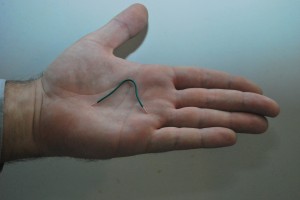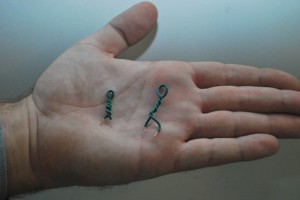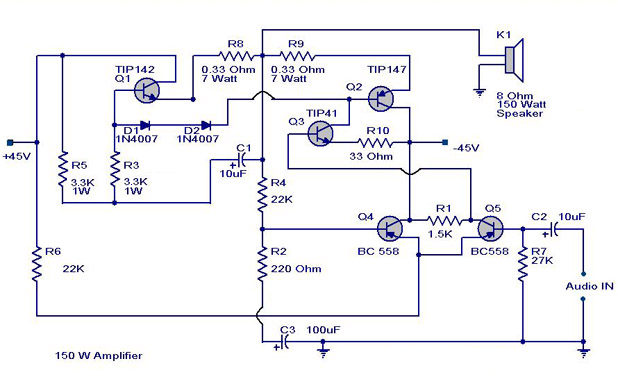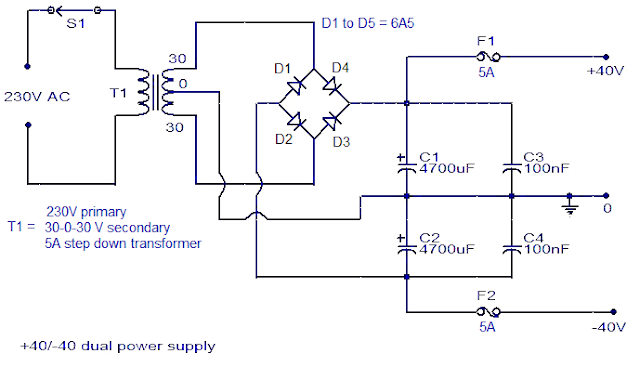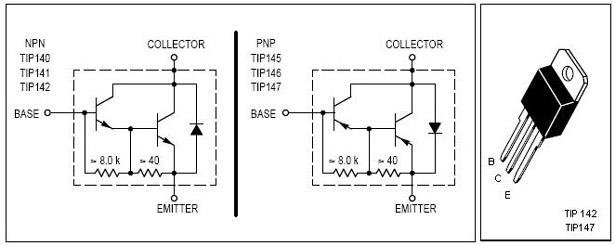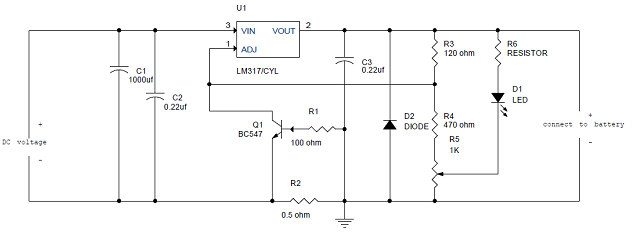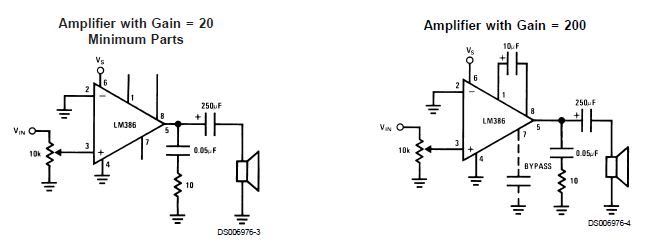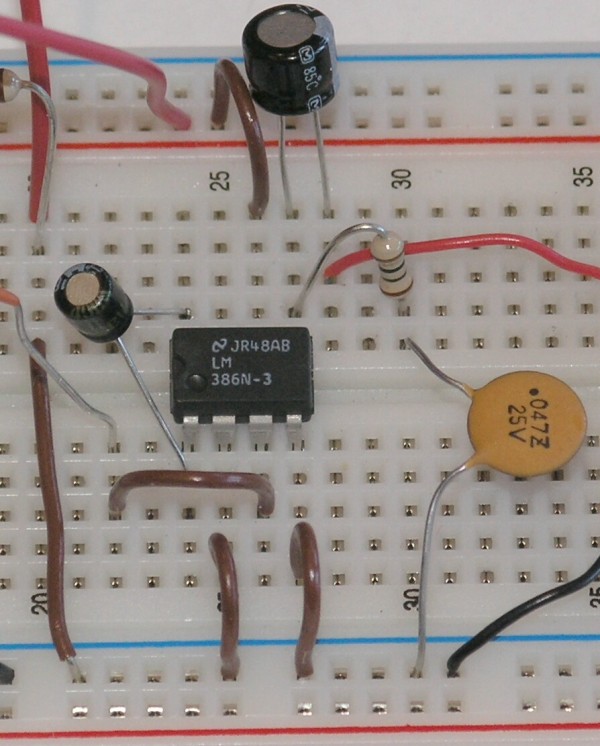This unit is particularly useful in signaling overload of the input stages in mixers, PA or musical instruments amplification chains, but is also suited to power amplifiers. A careful setting of Trimmer R5 will allow triggering of the LED with a wide range of peak-to-peak input voltages, in order to suit different requirements.
Unfortunately, an oscilloscope and a sine wave frequency generator are required to accurately setup this circuit. Obviously, the unit can be embedded into an existing mixer, preamp or power amplifier, and powered by the internal supply rails in the 9 – 30V range. The power supply can also be obtained from higher voltage rails provided suitable R/C cells are inserted. SW1 and B1 must obviously be omitted.
Circuit Operation
The heart of the audio clipping circuit is a window comparator formed by two op-amps packaged into IC1. This technique allows to detect precisely and symmetrically either the positive or negative peak value reached by the monitored signal. The op-amps outputs are mixed by D1 and D2, smoothed by C4, R7 and R8, and feed the LED driver Q1 with a positive pulse. C5 adds a small output delay in order to allow detection of very short peaks.
Notes:
- With the values shown, the circuit can be easily set up to detect sine wave clipping from less than 1V to 30V peak-to-peak (i.e. 15W into 8 Ohms). If you need to detect higher output peak-to-peak voltages, R1 value must be raised. On the contrary, if the circuit will be used to detect only very low peak-to-peak voltages, it is convenient to lower R1 value to, say, 220K omitting C2. In this way, the adjustment of R5 will be made easier.
- Using a TL062 chip at 9V supply, stand-by current drawing is about 1.5mA and less than 10mA when the LED illuminates. With TL072 or TL082 chips, current drawing is about 4.5mA and 13mA respectively.
- When using power supplies higher than 12V, the value of R10 must be raised accordingly.
- When using power supplies higher than 25V, the working voltage value of C5 must be raised to 35 or 50V.
R1 – 1M 1/4W Resistor (See Notes)
R2,R3,R8 – 100K 1/4W Resistors
R4,R6 – 10K 1/4W Resistors
R5 – 5K 1/2W Trimmer Cermet or Carbon
R7 – 2K2 1/4W Resistor
R9 – 22K 1/4W Resistor
R10 – 1K 1/4W Resistor (See Notes)
C1,C4 – 220nF 63V Polyester Capacitors
C2 – 4p7 63V Ceramic Capacitor (See Notes)
C3 – 220µF 25V Electrolytic Capacitor
C5 – 10µF 25V Electrolytic Capacitor (See Notes)
D1,D2 – N4148 75V 150mA Diodes
D3 – LED (Any dimension, shape and color)
Q1 – BC547 45V 100mA NPN Transistor
IC1 – TL062 Dual Low current BIFET Op-Amp (or TL072, TL082)
SW1 – SPST Toggle or Slide Switch or Any other switch
B1 – 9V PP3 Battery or a 9V DC power source. Should read at least 1 Ampere.








